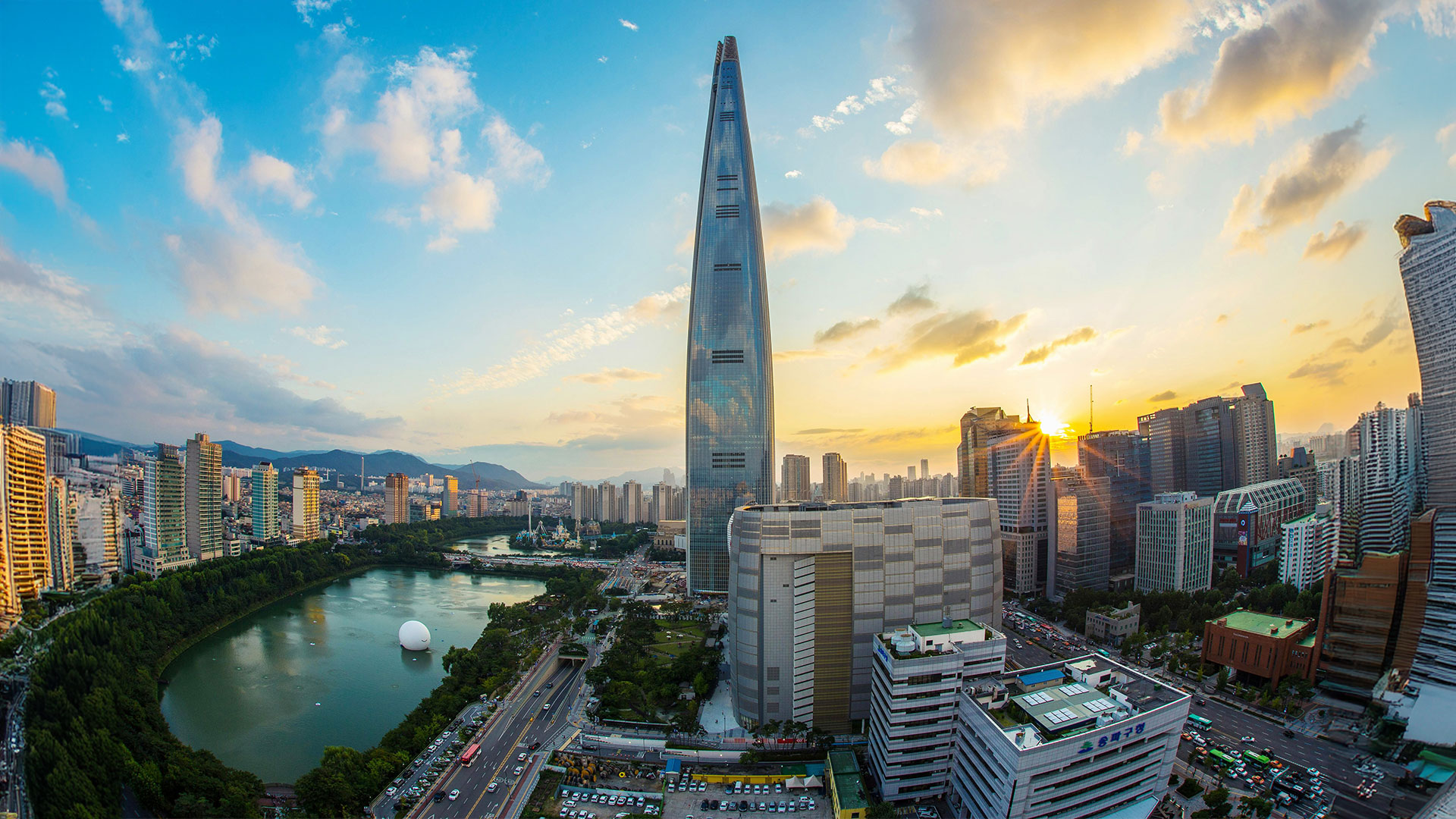The high-rise, open-all-hours city of Seoul has many faces, from the rice-beer bars and markets to the palaces, temples, royal tombs, ancestral shrines and cultural attractions that act as magnets for tourists. For five centuries it was a dynastic seat of power, and this amazing blend of ancient history and modern-day joie-de-vivre infuses a tantalising vitality into everyday life that leaves visitors enthralled.
A huge urban conglomeration of almost 10 million people, the South Korean capital sits about halfway down the Korean peninsula. Of course, recent history has seen Korea become a centre of geopolitical power play, and some 50 kilometres to the north is the four-kilometre-wide Demilitarized Zone (DMZ), pulling in tourists curious to witness how the country has been carved into two.
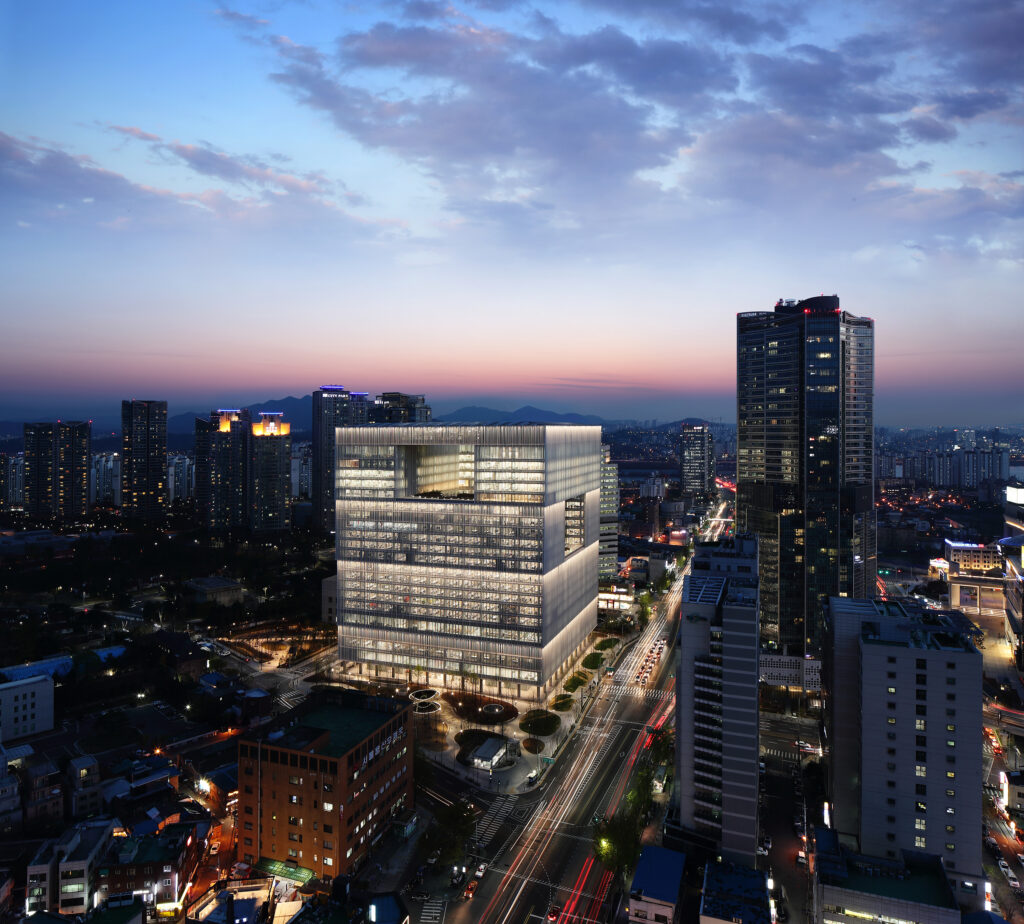
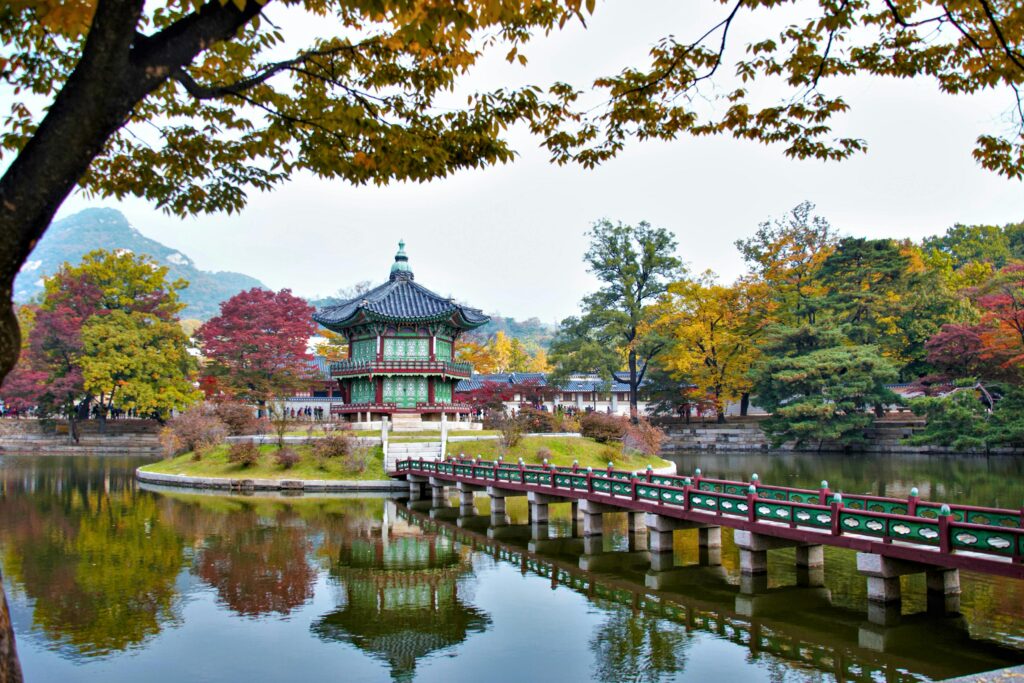
Autumn is the best season to visit as rainfall is minimal and temperatures bearably mild. This is when the slopes of the four main surrounding mountains – Bugaksan, Inwangsan, Naksan and Namsan – take on delightful hues as leaves turn into beautiful arrays of red, yellow and orange. Another good time to visit is spring; the flowers are in bloom and cherry blossom washes a pinkish white over the city. Both seasons play host to some amazing cultural and arts festivals that accompany the joys of nature.
Palaces galore
A small settlement called Hanyang at the dawn of the Joseon dynasty in 1392, Seoul was soon renamed and bounded by protective fortress walls. The city is now blessed with five palaces, the largest of which, Gyeongbokgung, was built by King Taejo in 1395 against a splendid mountain backdrop as home for the new ruling family. It has been restored twice, following destruction during the Japanese invasions of 1592 and more recently that country’s occupation from 1910-1945. On another momentous date in Korean history, Japanese assassins broke into the palace in the early hours of 8 October 1895 and murdered Empress Myeongseong.
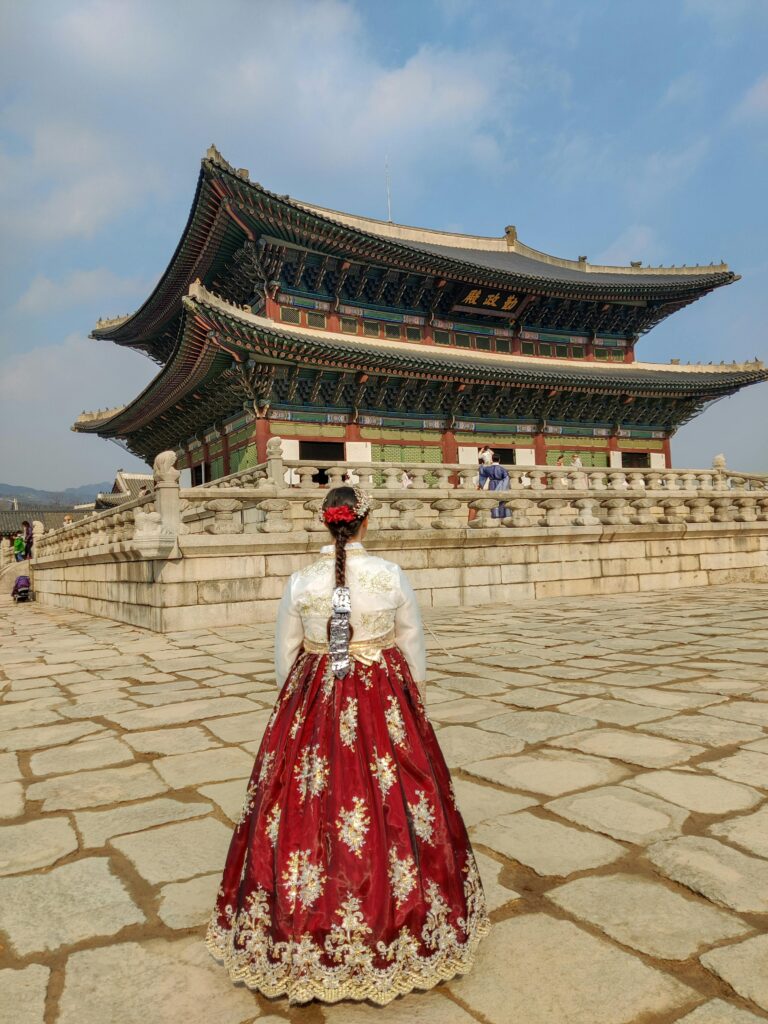
The scholars, eunuchs, concubines, soldiers and servants who once roamed this majestic compound have been replaced by hordes witnessing the changing of the guard and browsing two fantastic museums that bring Korea’s rich and often turbulent narrative to life. Royal artefacts in the National Palace Museum highlight the artistic pedigree of the Joseon era – royal seals, gold-embroidered traditional clothing and illustrations of court ceremonies. The National Folk Museum has three main exhibition halls replete with memorable attractions.
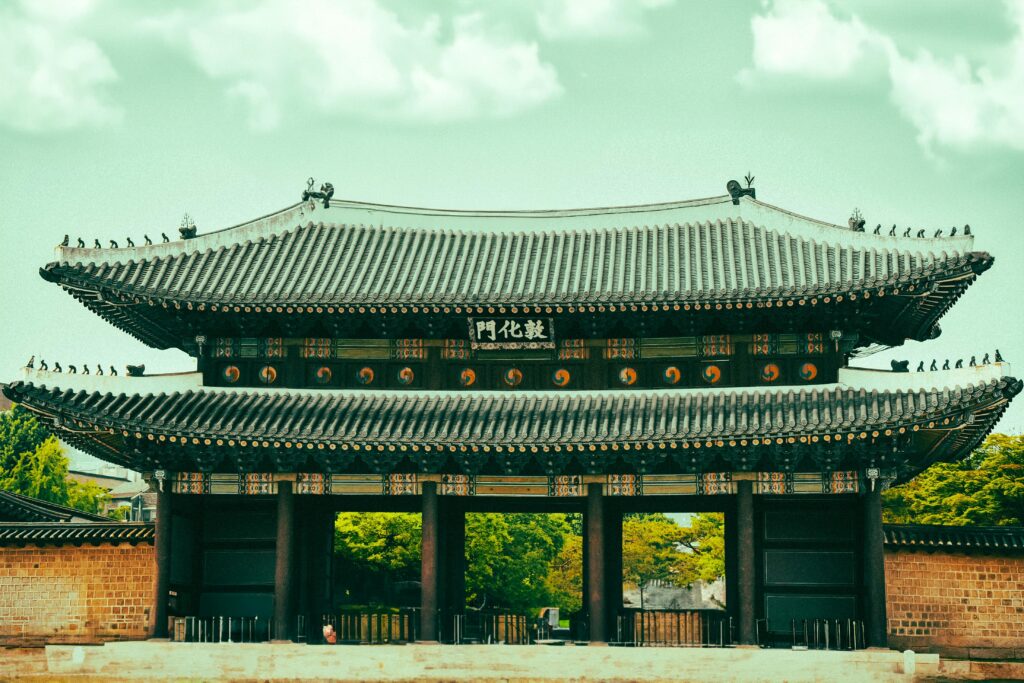
Perhaps the most enchanting of Seoul’s palaces is Changdeokgung, built in the early 15th century as a secondary royal residence to Gyeongbokgung and now a Unesco World Heritage Site. Many royal family members lived here into the 20th century, enamoured by its aura of beauty and grace. The must-see Huwon secret garden beguiles with charming vistas of pavilions on the edge of a square lily pond.
Magnificent markets
Following a palace tour, stop for some retail therapy at one of the city’s great markets. The hugely atmospheric Gwangjang Market is a mesmerising panoply of silk, satin and linen wholesalers congregated in a hive of alleyways during the day, joined by food stalls and vendors who stay active well into the night. Considered the merriest place to go for dinner and drinks, it is a veritable foodie’s paradise. Popular offerings include stewed pig’s trotters and snouts, gimbap (vegetables and ham wrapped in rice and rolled in sheets of seaweed) and bindaetteok (crispy pancakes of crushed mung beans and veggies fried on a skillet). Why not wash the delicacies down with the local liquors of makgeolli and soju?
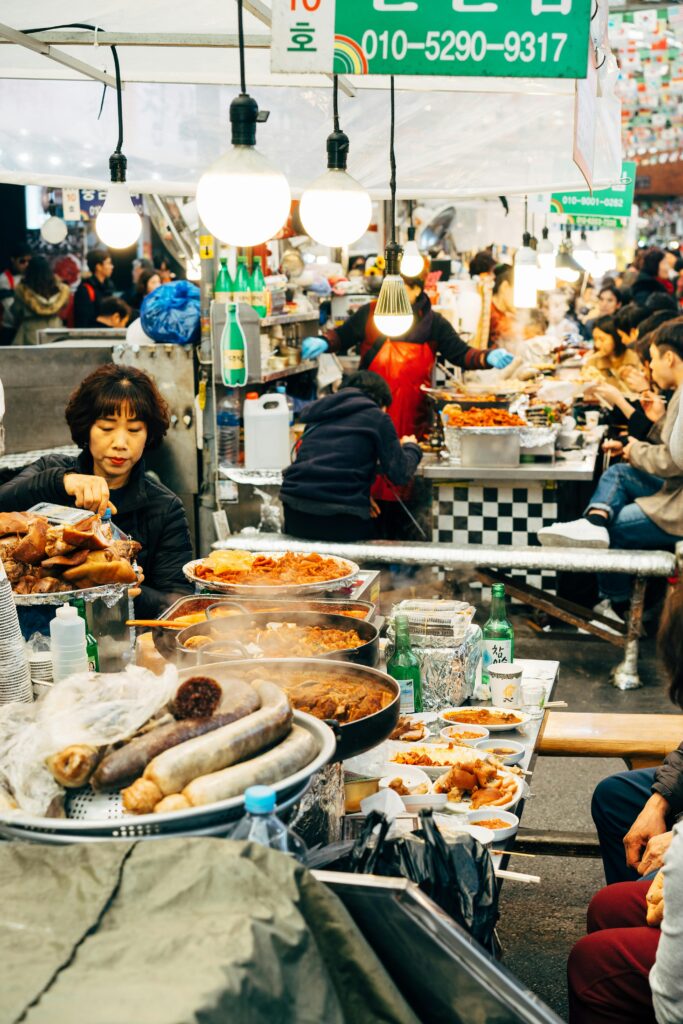
If seafood is your preferred choice, then Noryangjin Fish Market is the place to go with its mind-boggling variety of fresh catches. Early mornings host noisy fish auctions, while the evening is particularly picturesque and a good time to wander among the acres of shellfish, spider crabs, sea worms and other salty fare.
Night vibes
Seoul is teeming with places to eat, drink and enjoy nightlife. Fine dining is showcased at Dooreyo, celebrity chef Tony Yoo’s restaurant nestled in the heart of Bukchon Hanok Village – a tourist draw of restored traditional Korean houses. Hot soups are a favourite in Korea, and high-end O’neul in Dongbinggo-dong has a wonderful rendition of yukgaejang (spicy beef soup) simmered for 12 hours. Ssuk tteok, a rice-cake hybrid tinged green with mugwort, also entices at this restaurant that champions Korean culinary traditions and techniques.
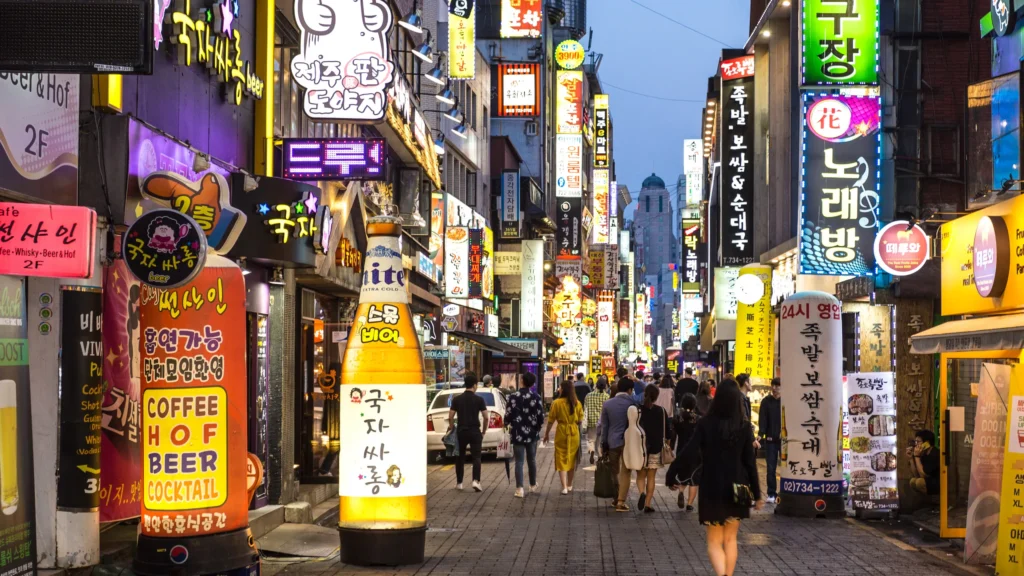
Teeming with some of the capital’s best bars, clubs and restaurants, Itaewon has become a trendy night-time area and attracts many from the LGBT community. Another buzzing district, Hongdae, is saturated with nightlife hotspots, while Samcheongdong, the historic neighbourhood east of Gyeongbokgung Palace’s Gwanghwamun Gate, entices with relaxed joints for wining and dining.
Cultural enrichment
While famed for its glitzy K-pop stars and karaoke bars, the city has much more to offer in terms of culture, with a high concentration of museums, art institutions and galleries. You can soak up Seoul’s past and vibrant present in Samcheongdong, where art events abound during the autumn month. Art Sonje Center presents a major exhibition by Do Ho Suh, one of the most important figures in Korean contemporary art, until 3 November. The Seoul branch of the National Museum of Modern and Contemporary Art has an extensive collection of modern Korean and international artworks, and hosts the prestigious Korea Artist Prize annual exhibition.
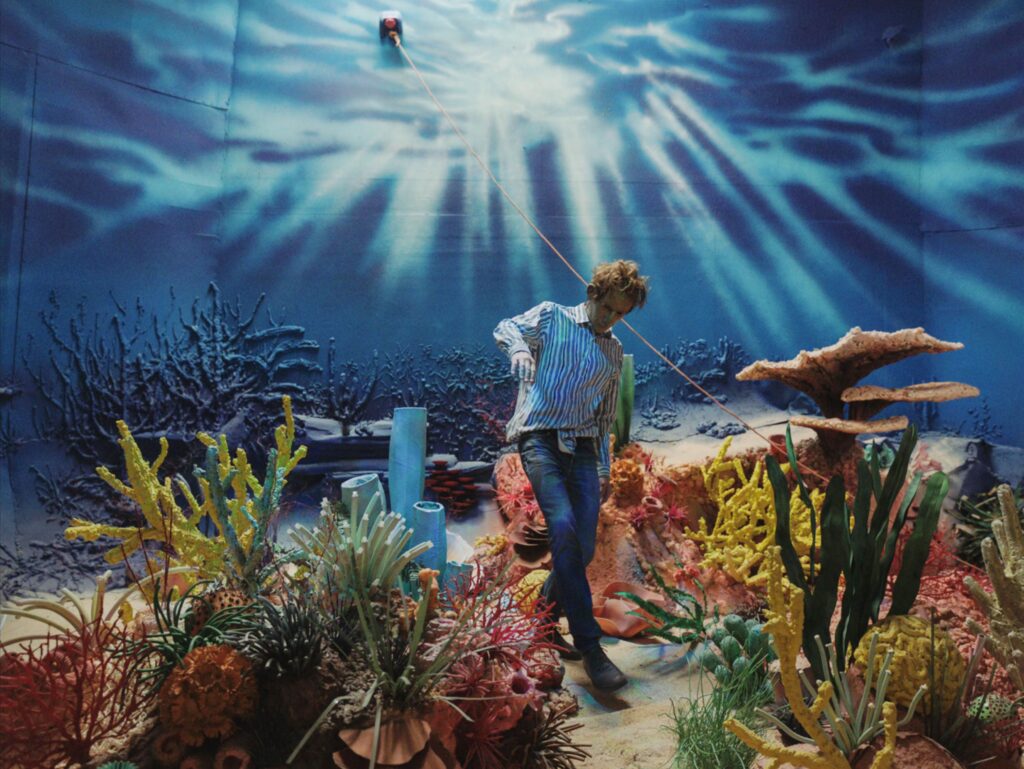
The Frieze Seoul art fair takes place in the upscale Gangnam district, south of the Han River, from 4-7 September, providing exposure for local and international artists. Some galleries have seized the chance to stage their debut exhibitions in South Korea alongside Frieze. For instance, until 12 October, Gagosian presents new paintings by Derrick Adams at the APMA Cabinet, which is located in the headquarters of the country’s cosmetics giant, Amorepacific.
City oasis
An attraction of a different sort, Cheonggyecheon is a long-buried stream uncovered when a raised highway was demolished. Stretching almost 11 kilometres, it has transformed the city centre, creating a riverside park that offers a calm respite from the commercial hubbub and a walking course whose banks are popular with joggers. Peruse the public art dotted along the way or pay a visit to the museum which tells its history. A spectacular two-week Lantern Festival is held in November, when thousands of glowing paper-and-paint sculptures float in the water, illuminating downtown Seoul in sparkling lights.
Spectacular hiking
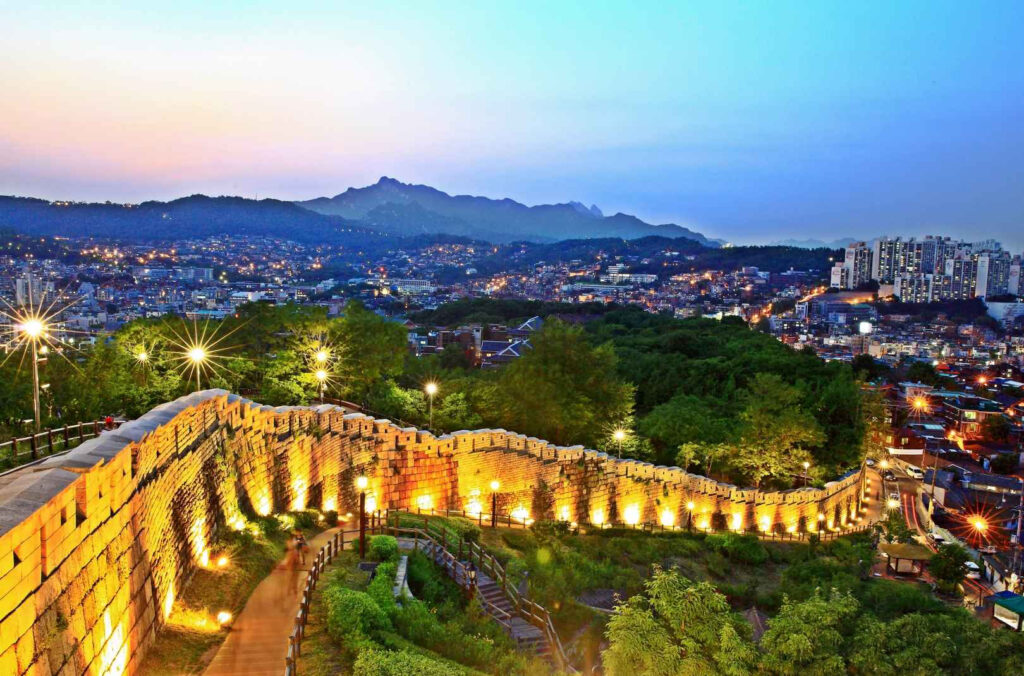
There is plenty of hiking available in the city and its mountains. The Seoul City Wall trail, snaking more than 18 kilometres along the major peaks, offers a wonderful opportunity to admire myriad architectural styles from the ancient Three Kingdoms period to modern restoration work. One option is to start your circuit of the City Wall by hiking up the tallest of Seoul’s four guardian mountains, the conical-shaped Bugaksan (North Peak Mountain). This is considered a most spectacular section of the City Wall trail, running for about 2.5km and rising steeply from Changuimun, one of the ‘four small gates’ in the City Wall. Another beautiful trail is Naksan, which is the lowest of the four guardian mountains and is blessed with the arty neighbourhood of Thwa-dong on its slopes.
Great views
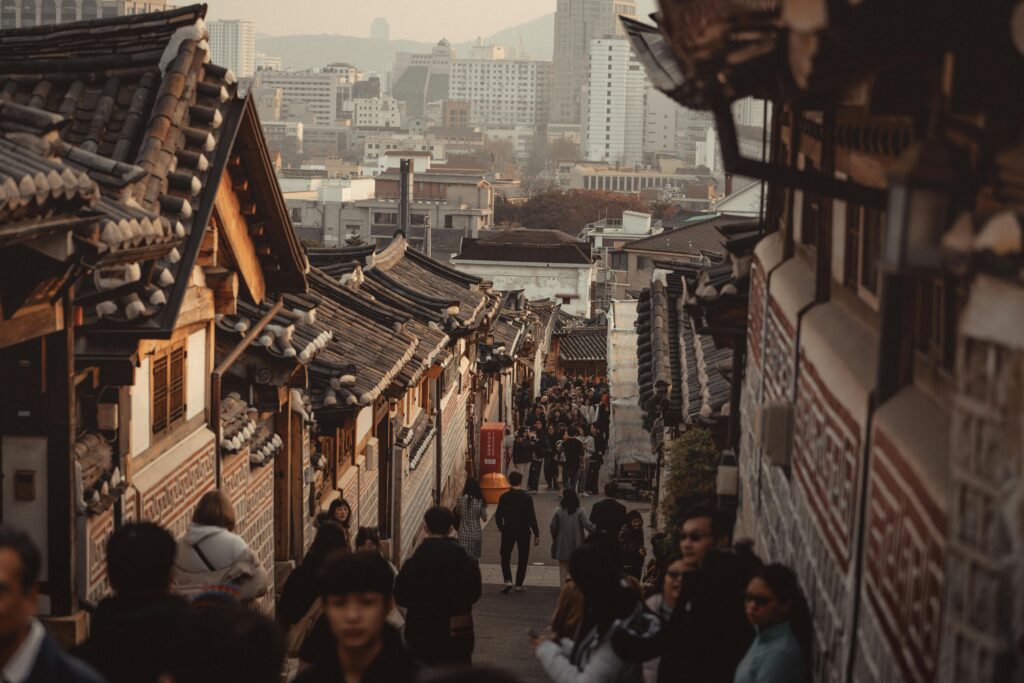
For some of the best views of the city, the section of the City Wall at Inwangsan takes some beating. The hike involves climbing past some incredible weirdly shaped rocks and giant boulders, but the trek is worth it for the most amazing views of Seoul, offering a complete panorama of this spectacular city. Several of the majestic palaces are clearly visible as well as much of the glorious Seoul City Wall, especially the sections where it meanders its course along Bugaksan, Naksan and Namsan. Hikers at this wonderful viewing point can clearly discern how the guardian mountains formed a protective shield for the old city nestled inside.



